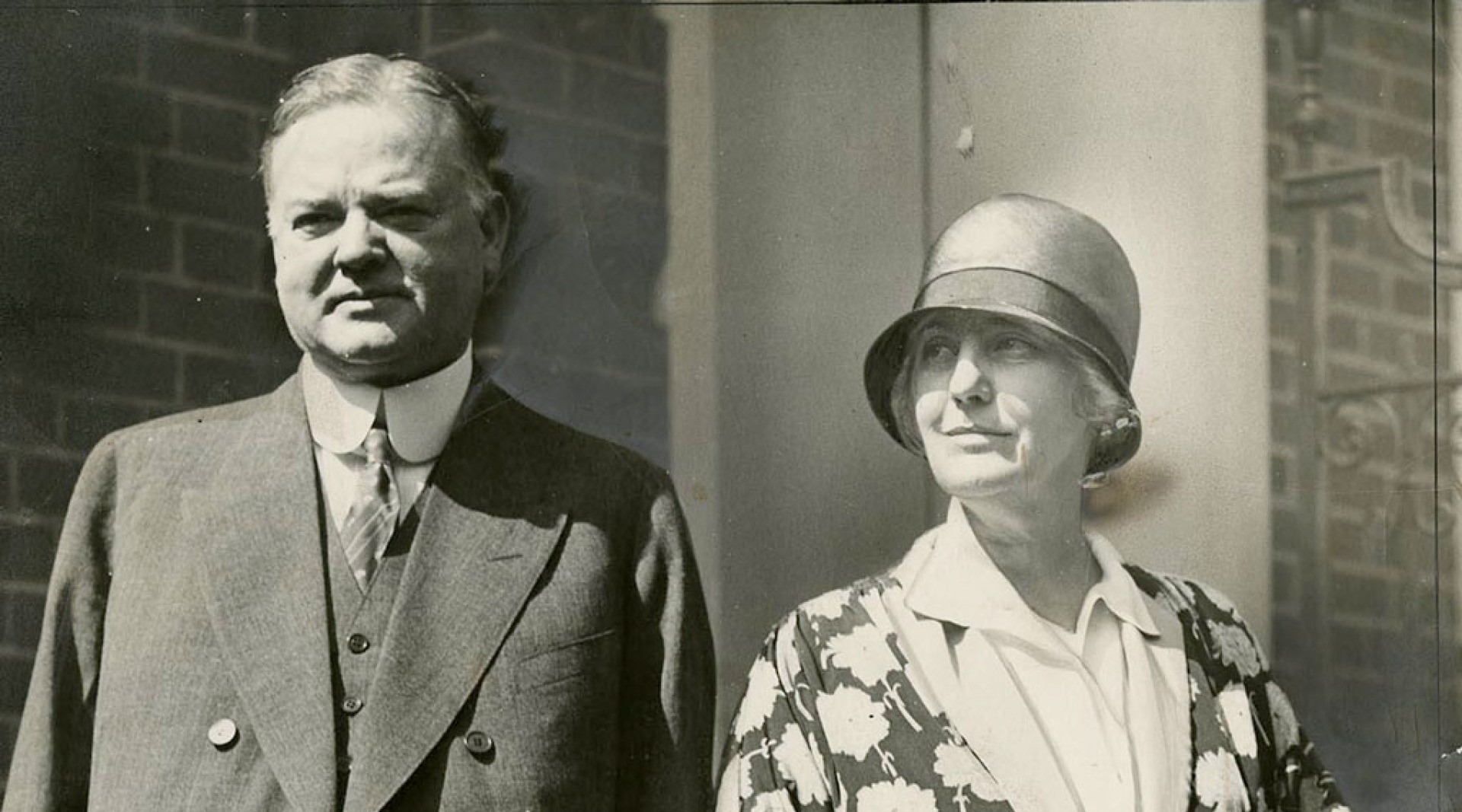
Annette B. Dunlap
University of Nebraska Press

Description
When Lou Henry married Herbert Hoover in February 1899, she looked forward to a partnership of equality and a life of adventure. She could fire a rifle and sit a horse as well as any man. The Quaker community of Whittier, California, where she lived as a teen, reinforced the egalitarian spirit of her upbringing. But history had other ideas for Lou Henry Hoover.
For the first fifteen years of married life, Lou globe-trotted with her husband as he pursued a lucrative career in mining engineering and consulting. World War I not only changed the map of the world, it changed the map of the Hoovers’ marriage. Herbert Hoover’s Commission for the Relief of Belgium launched him into a political career that led to the White House. Lou, who detested the limelight, led a dual life: she supported her husband’s political career, managed their multiple households, and saw to the needs of their family. Behind the scenes, she pursued her own interests.
History has long since forgotten the breadth of her achievements, but Lou Henry Hoover’s powerful legacy endures in the ongoing success of the Girl Scouts, the music and physical therapy degree programs at Stanford University, athletic opportunities for women, and the countless unknown men and women who received an education thanks to Lou’s anonymous financial support.
Conveying Lou’s humor, personality, and intelligence, A Woman of Adventure takes a fresh look at the first lady who preceded Eleanor Roosevelt and her also-extraordinary accomplishments.
“Lou Henry Hoover broke many glass ceilings for women and was important before she ever set foot in the White House. She traveled with her husband, translated for him, and contributed to a textbook he wrote. She worked with her husband far more than most other previous First Ladies, and yet their partnership fell apart at the White House. That story alone deserves our attention in this study of a First Lady.”—Cynthia D. Bittinger, author of Grace Coolidge: Sudden Star
“A Woman of Adventure is an overdue portrait of Lou Henry Hoover, a trailblazing First Lady. Dunlap’s revealing research chips away at the societal veneer of a networking public figure to reveal the inner warmth, wit, and personal hard choices of a woman bound by duty. Dunlap’s gripping narrative brings a fresh understanding of Hoover’s life and times with sharp observations and historical acuity. Interweaved with poignant quotes, the book allows Hoover to speak for herself in her own terms, independent of the man she married.”—Michelle Gullion, director of collections and research at the National First Ladies’ Library
Available Editions
| EDITION | Other Format |
| ISBN | 9781640125155 |
| PRICE | $32.95 (USD) |
| PAGES | 296 |
Our Thoughts
Lou Henry Hoover may not be a household name like Eleanor Roosevelt or Jackie Kennedy, but after reading this book, it’s clear she deserves far more recognition. Annette B. Dunlap’s meticulously researched biography brings this trailblazing First Lady out of the shadows, revealing a woman of intellect, resilience, and quiet but profound influence. A Stanford geology graduate, fluent in multiple languages, and a sharpshooter who once patrolled the walls of Tianjin during the Boxer Rebellion, she defied the demure “political wife” stereotype. But as Herbert Hoover’s career ascended, she navigated the constraints of her era, supporting his work while carving out her own legacy. Her leadership in the Girl Scouts and her anonymous philanthropy (funding countless educations) show that she was a woman who believed in action over accolades.
Dunlap doesn’t shy from the complexities of Lou’s marriage—how wartime separations and Herbert’s political ambitions strained their once-equal partnership. The letters Lou wrote to her sons during her perilous WWI Atlantic crossing are heartbreakingly poignant, revealing a mother torn between duty and fear. Yet even as her public role narrowed, her private impact expanded, from advocating for women’s athletics to quietly integrating White House events (her 1929 tea invitation to Jessie De Priest, wife of a Black congressman, was a quiet act of defiance).
The book’s only flaw is its occasional dryness—some sections read more like a chronicle than a narrative. Still, Dunlap’s dedication to detail pays off, especially in debunking myths (like Lou’s supposed disdain for publicity; she simply preferred substance over spectacle). And while Herbert’s presidency remains controversial, Lou’s story reframes their legacy: two globally minded idealists whose humanitarian work (such as feeding Europe after the war) speaks volumes.

You must be logged in to post a comment.